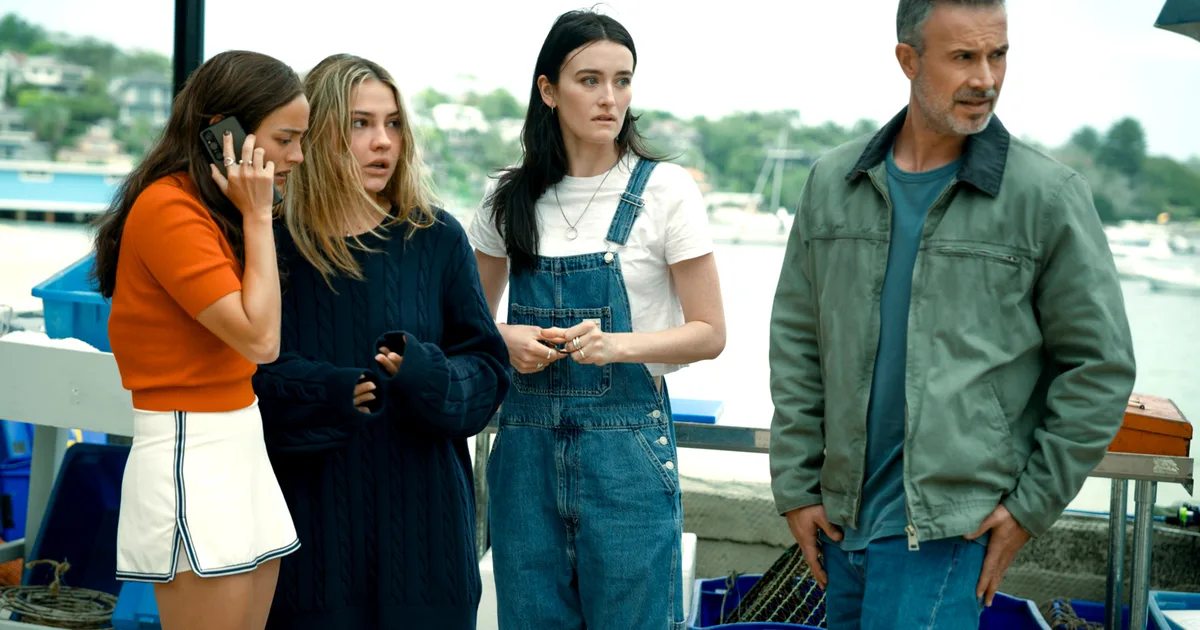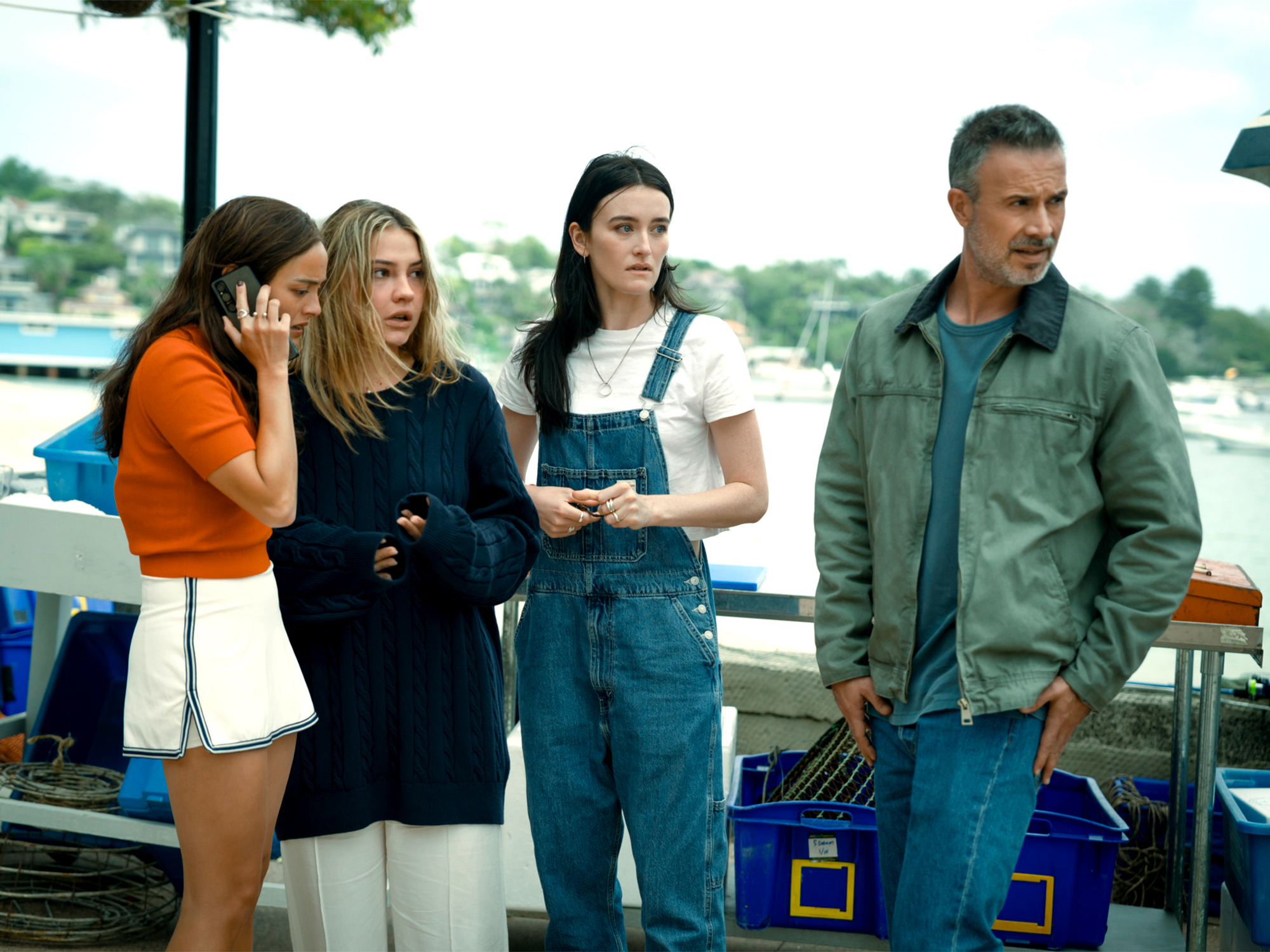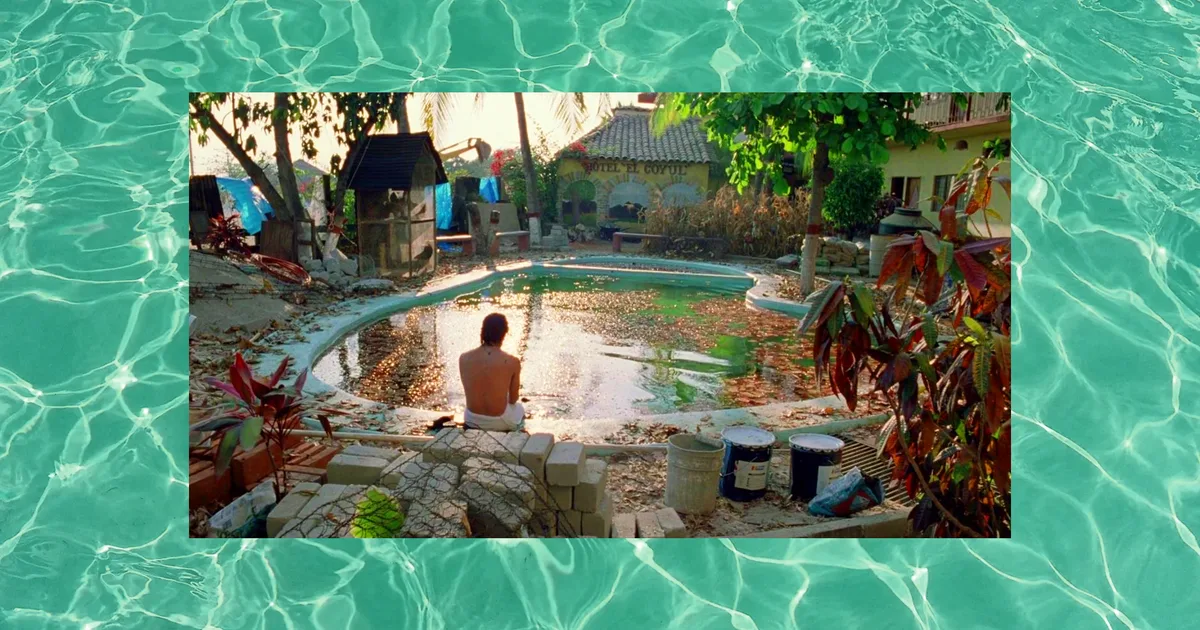
The research team at Casino Context analyzed America’s most visited beaches over the past year. They ranked them based on five risk factors: shark attacks, rescue incidents, drowning deaths, non-drowning deaths, and lost and found cases to reveal the most dangerous beaches.
The study found Florida beaches are the deadliest, with five in the top 10. But the number one spot went to a California beach.
Long Beach in California tops the list as the most dangerous beach in the United States. It recorded four drowning deaths and six shark attacks. The rescue rate at Long Beach is the highest by far with 1254.6 rescues per 100,000 visitors. The beach also reported 14 non drowning fatalities and 840 people categorized as lost and found. These high figures suggest swimmers at Long Beach face consistent dangers in the water and onshore.
Hawaii County Beaches on the Big Island follow closely. These beaches reported 14 drowning deaths, the highest among the top 10. There were also 27 confirmed shark attacks. Although the rescue rate here was only 21.9 per 100,000 visitors, the number of lost and found people reached 371. This combination indicates strong ocean risks but fewer lifeguard interventions compared to Long Beach.
Brevard County Beaches in Florida reported 159 shark attacks, the highest in the data set. Despite the high shark presence, the rescue rate was 15.9 per 100,000 visitors and there were only two drowning deaths. The beach also recorded 112 people lost and found. Shark activity appears to be the main issue at Brevard.
Kauai Beaches in Hawaii reported six drowning deaths and 33 shark attacks. The rescue rate stood at 18.2 per 100,000 visitors. Only six lost and found cases were reported. The data points to a combination of ocean dangers and fewer lost beachgoers.
Los Angeles County Beaches in California reported one drowning death and six shark attacks. The rescue rate was 18.3 per 100,000 visitors. Non drowning fatalities were relatively high at 12 deaths and the number of lost and found people reached 599. These figures suggest onshore risks are a bigger factor here.
Lantana Beach in Florida reported no drowning deaths but recorded 83 shark attacks. The rescue rate was 12.3 per 100,000 visitors. There were no non drowning deaths or lost and found cases listed. Shark encounters dominate the risk profile at Lantana Beach.
Delray Beach in Florida also reported 83 shark attacks but had a lower rescue rate of just 2.1 per 100,000 visitors. There were no drownings and only 10 lost and found cases. Like Lantana Beach, sharks are the main issue but rescues and fatalities are low.
Maui Beaches in Hawaii reported 76 shark attacks. There were no drowning deaths or non drowning fatalities reported. The rescue rate was not available. Data gaps limit the full safety picture here but shark activity is clearly present.
Miami Beach in Florida reported 20 shark attacks and no drowning or non drowning deaths. The rescue rate was 2.8 per 100,000 visitors. Lost and found numbers were high at 921 people. The high number of lost and found cases could suggest crowding or management issues.
Martin County Beaches in Florida reported two drowning deaths and 42 shark attacks. The rescue rate was 3.6 per 100,000 visitors. The beach also recorded 24 people lost and found. Shark activity is a key concern but drowning deaths and rescues are lower compared to the top beaches.
Full list of the most dangerous beaches in the US:










